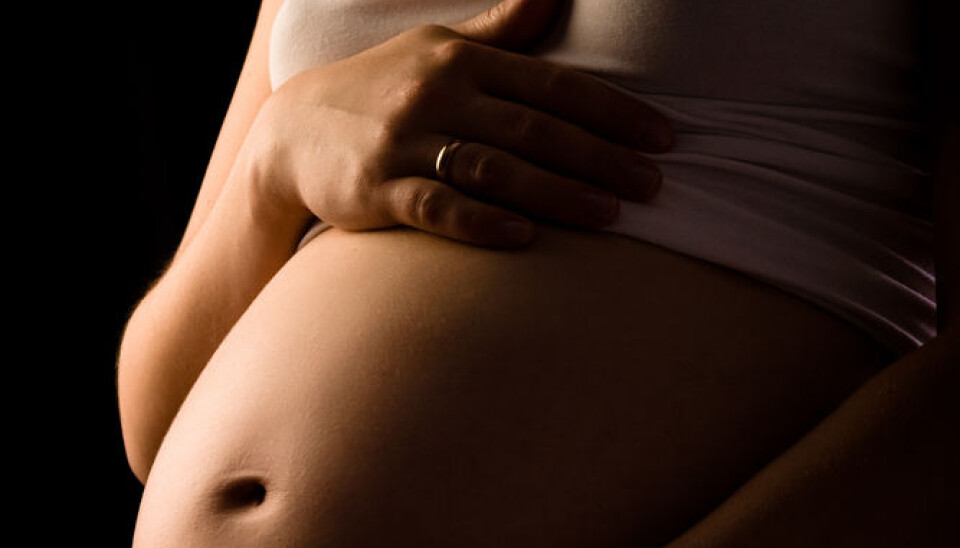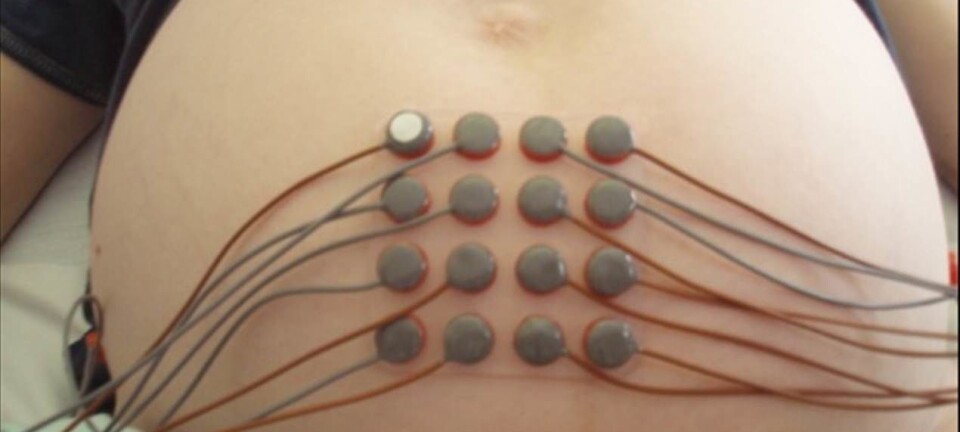
Jobs with heavy lifting lead to preterm births
Pregnant women significantly increase the risk of preterm birth if they lift heavy things on the job, a study of 62,000 women shows.
Most of us know it by now: repeated heavy lifting during pregnancy is not good for the mother-to-be.
This is now being reaffirmed in what is possibly the largest study ever of the link between work-related lifting and the risk of preterm birth.
The study is based on data from more than 62,000 Danish women, who were pregnant in the period 1996-2002. It shows that women who do too much lifting in their jobs during the first four months of pregnancy are up to four times as likely to give preterm birth as those who do not lift heavy things during their workday.
”Our study shows that the more a pregnant woman engages in heavy lifting during a workday, the greater the risk of preterm birth. We noted a particular increase in the risk of extremely preterm birth,” says Professor Anne-Marie Nybo Andersen of the Department of Public Health at the University of Copenhagen.
Our study shows that the more a pregnant woman engages in heavy lifting during a workday, the greater the risk that she gives preterm birth. We noted a particular increase in the risk of extremely preterm birth.
The findings of the study are published in the journal Occupational & Environmental Medicine.
A unique study
The study is based on the comprehensive Danish birth cohort ‘Bedre Sundhed for Mor og Barn’ (‘Better Health for Mother and Child’), which includes data on 100,000 women, their course of pregnancy, births and babies.
”We asked ordinary Danish women, who worked within the same field while pregnant, how much lifting they did during a workday,” says Andersen.
“This makes our study unique, as most previous studies have been based either on data about pregnant women who had a problematic course of pregnancy and then contacted an occupational health clinic, or data that the women provided after giving birth.”
Risk of preterm birth increased four-fold
The researchers asked 62,803 women, who were in the fourth month of pregnancy and in a job, about how much lifting they did during a workday. The women were also asked about their social and living habits.
The researchers then looked at which of the women gave preterm birth. They found that:
- Women who did more than ten 10-kilo lifts a day had more preterm births than those who did not do any heavy lifting at work.
- The risk of preterm birth increased proportionally with how much and how often the women engaged in lifting: those who lifted a total of 1,000 kilos per day – which is equivalent to e.g. fifty 20-kilo lifts – were 50 percent more likely to give preterm birth. There was also a significantly increased risk for extremely preterm birth.
”This has been suspected for quite some time now, but we can say with some certainty that there really is a link between physical strain and preterm birth,” says Andersen.
--------------------
Read the Danish version of this article at videnskab.dk
Scientific links
- "Occupational lifting of heavy loads and preterm birth: a study within the Danish National Birth Cohort," Occup Environ Med 2012, doi:10.1136/oemed-2012-101173
- "Occupational lifting and pelvic pain during pregnancy: a study within the Danish National Birth Cohort," Scand J Work Environ Health 2013, doi:10.5271/sjweh.3304
- 'Occupational physical activities, working hours and outcome of pregnancy: Findings from the Southhampton Women's Survey", doi:10.1136/oem.2008.043935








